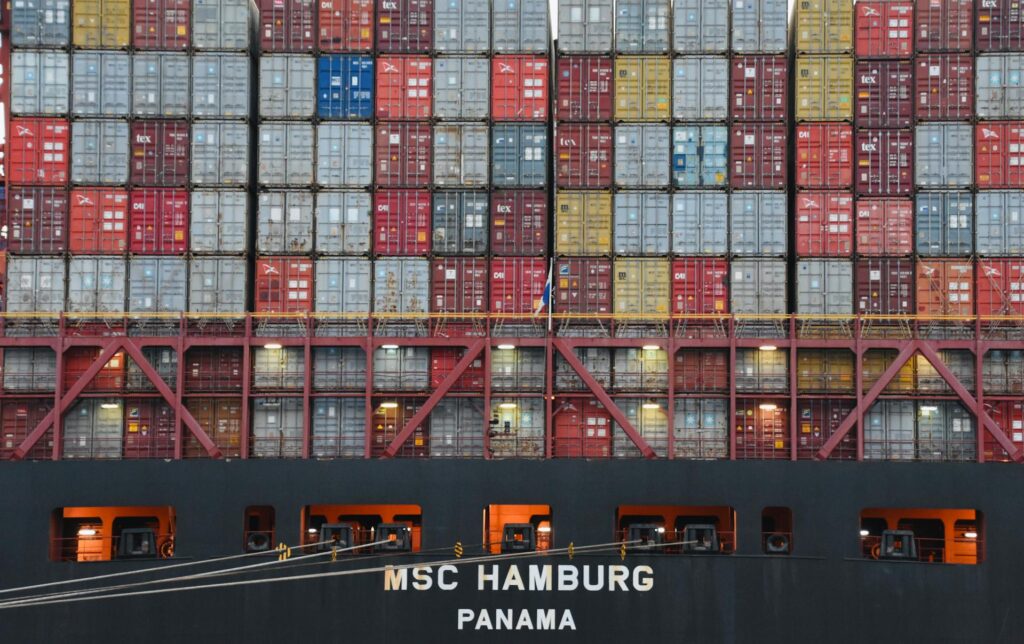
In the era of global economic integration, Intl Shipment has become a crucial lifeline of the world economy. It is a grand migration of goods across national borders, enabling high-quality products from various countries to break through geographical limitations and reach markets all over the world, satisfying the diverse needs of consumers.
I. A Deep Dive into Intl Shipment
Intl Shipment means international transportation. It covers the whole process of moving goods from one country or region to another. This involves multiple steps, including packaging, warehousing, loading and unloading, transportation, customs declaration, customs clearance, and distribution. Each step is tightly linked. Any small mistake in the details might prevent the goods from arriving at their destination smoothly and on time. It’s not just about shifting goods; it’s a strong connection that drives international trade.
II. Diverse and Exciting Modes of Transportation
- Ocean Transportation
Ocean shipping is like the “big brother” in international trade transport. Giant ships sail across the vast ocean, with containers neatly stacked on deck and in holds. Its capacity is astonishing. A large container ship can carry tens of thousands of standard containers, ideal for bulk goods like building materials, textiles, and grains. Cost-wise, it’s the cheapest option due to scale, helping businesses save on logistics. But it has drawbacks. The speed is slow, often taking dozens of days for intercontinental trips. Bad weather, port congestion, and political issues can delay it, leading to poor timeliness. - Air Transportation
In the business world where speed matters most, air freight is the “pacesetter”. Jets and cargo planes zoom through the sky, providing a fast lane for urgent, high-value, and perishable goods. Think of high-end chips, life-saving medical equipment, fresh flowers, and gourmet ingredients. They can reach across borders in a few hours to a couple of days. Airports have great logistics facilities for quick transfer, and temperature control for perishables. However, it’s very expensive. Fuel, maintenance, and limited space drive up the cost. Also, planes can’t carry large or heavy items well. - Railway Transportation
Recently, Intl Shipment by railway has gained momentum, especially with the China-Europe freight trains. These trains, like iron dragons, run on set tracks, shuttling between cities in different countries. Railway transport balances capacity and speed. A train can carry many containers, more than air freight, and is only slightly pricier than ocean shipping. It takes about 1 – 2 weeks for long trips, avoiding the long wait of ocean shipping and the high cost of air freight. It’s good for industrial products like cars, parts, machinery, and chemicals. It’s less affected by weather and builds a reliable land corridor. - Road Transportation
In the Intl Shipment network, road transport acts as the “capillaries”. Trucks can reach every corner of a city and factory gates, offering “door-to-door” service. For short trips between border ports and inland cities or small-batch, time-sensitive deliveries, it’s great. But long-distance road freight has problems. Driver fatigue, high fuel costs, and varying traffic laws in different countries are issues. So, it’s mainly used for short and medium distances or as a supplement to other transport modes.
III. Make a Wise Choice and Seek the Perfect Fit
Choosing the right Intl Shipment method is a complex decision. You need to consider several factors. First, look at the goods. Perishable or high-value, time-sensitive items might need air transport. Large quantities of low-value goods are better off with ocean shipping. Medium-sized industrial products could go for railway transport. Second, think about the delivery deadline. Urgent orders demand air freight, while regular ones can weigh the cost-benefit of sea or rail. Third, budget is key. You must balance transportation, warehousing, and potential delay costs. Finally, don’t forget external factors like geopolitical stability, weather along the route, and the status of ports and hubs in the destination country. A small oversight could land you in a logistics mess.
IV. Join Hands with Professionals and Lead the Way into the Future
When dealing with the complex maze of Intl Shipment, professional freight forwarders are your guides. They have deep industry knowledge, a wide global network, and rich experience. They can analyze each transport mode’s pros and cons and create custom logistics solutions for your business. From handling documents carefully, dealing with customs smoothly, to monitoring shipments and handling emergencies, they’ve got you covered. This lets you focus on your core business, like product development and market expansion.
In the ever-changing international trade arena, understanding Intl Shipment and choosing the right transport partners is vital. Whether you’re a new entrepreneur or an established tycoon, it’s never too late to start leveraging Intl Shipment for success.





